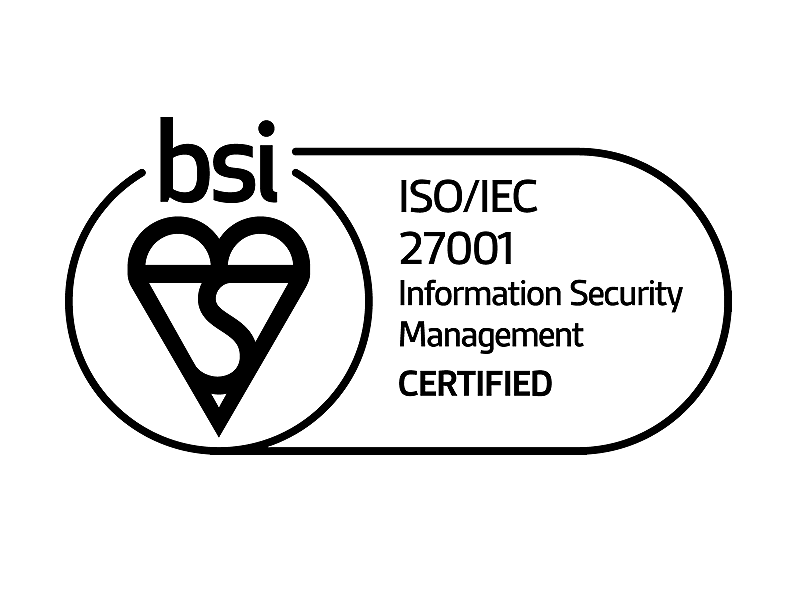When the first email was sent in 1971, few would have imagined just how important a role this new method of communication would go on to play in business and commerce today. More than 50 years later, it’s now estimated that around 333 billion private and business emails are sent a day, worldwide; that’s 3.5 million a second.
Emails are reliable, convenient, and accessible, everything a 21st-century business owner and leader needs. Yet, with popularity comes opportunity, and with email in particular a chance for those with criminal interests to exploit vulnerabilities, whether that’s in business systems or by taking advantage of the potential found in human error.
In the first six months of 2022, there were approximately 236 million ransomware attacks globally. These attacks stem in large part from the 3.4 billion opportunistic phishing emails sent every day. Due to the huge volumes of scam emails, last year 96% of organisations say they saw a phishing attempt on their business and 39% reported being the victim of an attack.
These alarming statistics highlight the need for businesses to have a robust email security strategy in place. Here are six areas all email protection plans should cover.
- Secure Email Gateway (SEG)
A SEG acts as a firewall, automatically monitoring and analysing your email traffic for any threats. By working alongside your IT team, it spots and blocks malware that comes via any source, trusted or not, from then going into your inbox. Working on-premise networks, in the cloud and in hybrid environments, it also checks outbound communications leaving the business and alerts users if any unauthorised access is detected.
- DMARC Management
To detect any unauthorised access of customer domains, then Domain-based Message Authentication, Reporting, and Conformance (DMARC) management can help. This email validation system blocks any delivery of emails from an unauthenticated domain to protect company data and to act as a powerful defence against phishing scams.
As well as detection, DMARC builds on popular authentication techniques (like SPF and DKIM) by adding a reporting function which also alerts the attempted breach to your IT team. With a 2020 Tessian report revealing that around 800 emails are sent to the wrong person every year, DMARC is an important system to have as part of your email security strategy because, if anything is leaked, you can then track it.
- Message Encryption
There’s no way to know if your email has been accessed by an unauthorised user, and companies are slow to reveal these figures – UK organisations take an average of 181 days to identify a breach. However, by encrypting your communications, you can keep your emails and data private even if a cybercriminal does gain access.
Criminals can also lock you out of your own data by encrypting it themselves, with only 43% of UK ransomware attacks being stopped before encryption. If you’ve already set up encryption though, a cybercriminal can be stopped before they even start.
- Compliance and controls
The IT landscape is constantly evolving, and so is data retention and compliance due to government guidelines being updated on a regular basis. It’s important to follow these updates and advice, such as Cyber Essentials’ technical controls to help UK organisations guard against the most common cyber threats or GDPR and what this means for cybersecurity. The NCSC is a reliable source of these changes.
Changes to legislation can incur costs to a business too. It’s therefore important to recognise that email cybersecurity is a key part of budgeting, especially as it’s reported that costs will increase over the next year or two. Security programs are constantly being revised and replaced, and cloud-based services can ensure that your security is both up-to-date and correctly distributed.
- Insider Risk Management
An insider threat is a security risk that comes from within your business with 70% of businesses seeing these type of attacks more frequently. Any kind of mismanagement of data can be considered a risk, such as an offboarded employee who still has access to their company emails, or even just an employee misplacing their security and log-in details. Insider Risk Management solutions can help measure, detect and contain unusual, unintentional or unscrupulous behaviour around trusted systems within an organisation.
- Social Engineering Defence
Cybercriminals use social engineering to trick individuals into sharing their confidential or personal information for fraudulent gain such as through email phishing. It’s the most popular form of attack as employers aren’t investing as much time and resource as they should into staff cyber awareness training.
An organised defence is therefore key for minimising the chances of an intruder gaining access. 98% of cyberattacks rely on human error to succeed, so training is crucial for employees to understand how to protect sensitive data and avoid data breaches especially via email.
Protecting your emails and keeping traffic secure can lower the chances of data being stolen through everyday correspondence. Following best practice procedures and heightening your employees’ cybersecurity senses can help minimise human error and limit opportunity for cybercriminals. It’s about people, processes and technology, which together, can help tightened up your email security.
To learn more about how BOM IT Solutions can help your organisation with its email protection visit our website, or call our sales team on 0800 038 7222.




